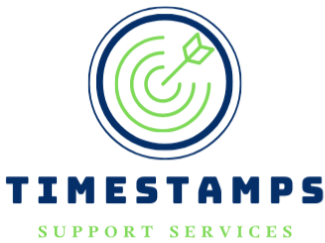Positive reinforcement isn’t just a buzzword in ABA therapy in St. Augustine, FL. It’s a science-backed approach that helps children connect their actions with meaningful rewards. At Timestamps Support Services, therapists use this method to turn everyday challenges into real breakthroughs.
The power of reinforcement lies in how it shapes the brain’s learning pathways. Praise delivered at the right moment and in the right way can spark motivation that keeps a child moving forward. Instead of waiting for perfection, therapists celebrate each step, building skills that last.
Keep reading to see how positive reinforcement works inside therapy sessions and why it creates lasting change for children and families.
Why Seconds Matter More Than Words
Therapists respond quickly because the brain’s reward system works for only a few seconds. During this brief window, a child connects action with outcome. Praise that arrives right away helps the brain strengthen learning.
Fast feedback also builds motivation. When praise comes at the exact moment, children feel seen and supported. These short bursts of recognition lead to steady progress and lasting skills.
Naming the Behavior Trains the Brain
Clear praise gives children a direct message about what worked. When a therapist says, “You raised your hand to ask,” the child hears exactly which action mattered. This precision helps the brain mark the moment and hold onto it.
Specific words also guide future choices. A child who knows what action earned praise is more likely to repeat it. This steady link between action and reward builds stronger learning over time.
Emotion Acts as the Amplifier
In ABA therapy in St. Augustine, FL, therapists often add energy to every moment of praise. A cheerful voice, a bright smile, or steady eye contact makes recognition feel stronger. The brain responds to this spark with higher dopamine, which deepens the learning process.
Children stay more focused when rewards carry emotion. A lively response signals that the effort mattered in a big way. This mix of praise and feeling helps new skills take root and stay solid over time.
Pairing Rewards Builds Bridges
Therapists often match praise with something a child enjoys, such as tokens, bubbles, or a short play break. This mix connects the good feeling of a reward with the words being spoken. The brain starts to link both together and hold onto the lesson.
Over time, the excitement tied to the toy or activity moves onto the praise itself. Words then carry the same positive charge without needing extras. This shift makes social reinforcement stronger and more lasting.
Why Positive Reinforcement Matters in ABA therapy in St. Augustine, FL
Positive reinforcement isn’t just encouragement; it’s the foundation that helps children gain confidence and independence. Therapists at Timestamps Support Services use this approach to guide steady progress and make learning rewarding. With the right support, families can see meaningful growth beyond therapy sessions and into everyday life.
Key Takeaways
How does positive reinforcement work in ABA therapy?
Positive reinforcement in ABA therapy connects a child’s actions with meaningful rewards. When praise or a reward comes right after a behavior, the brain locks in the lesson and makes it easier to repeat.
Why is timing so important when giving praise in ABA therapy?
The brain’s reward system stays open for only a few seconds after a behavior. Instant praise helps children connect action with outcome and strengthens learning.
What makes praise more effective for children in ABA therapy?
Therapists make praise specific, emotional, and sometimes paired with concrete rewards. This approach trains the brain to value words on their own and builds lasting motivation.

